- General
- March 4, 2020
- 15 minutes read
They Promised Us Self-Driving Cars, We Got?
A Ford/Argo AI driverless test vehicle. image: Ford Rewind a few years back and the self-driving razzmatazz was on full force.…
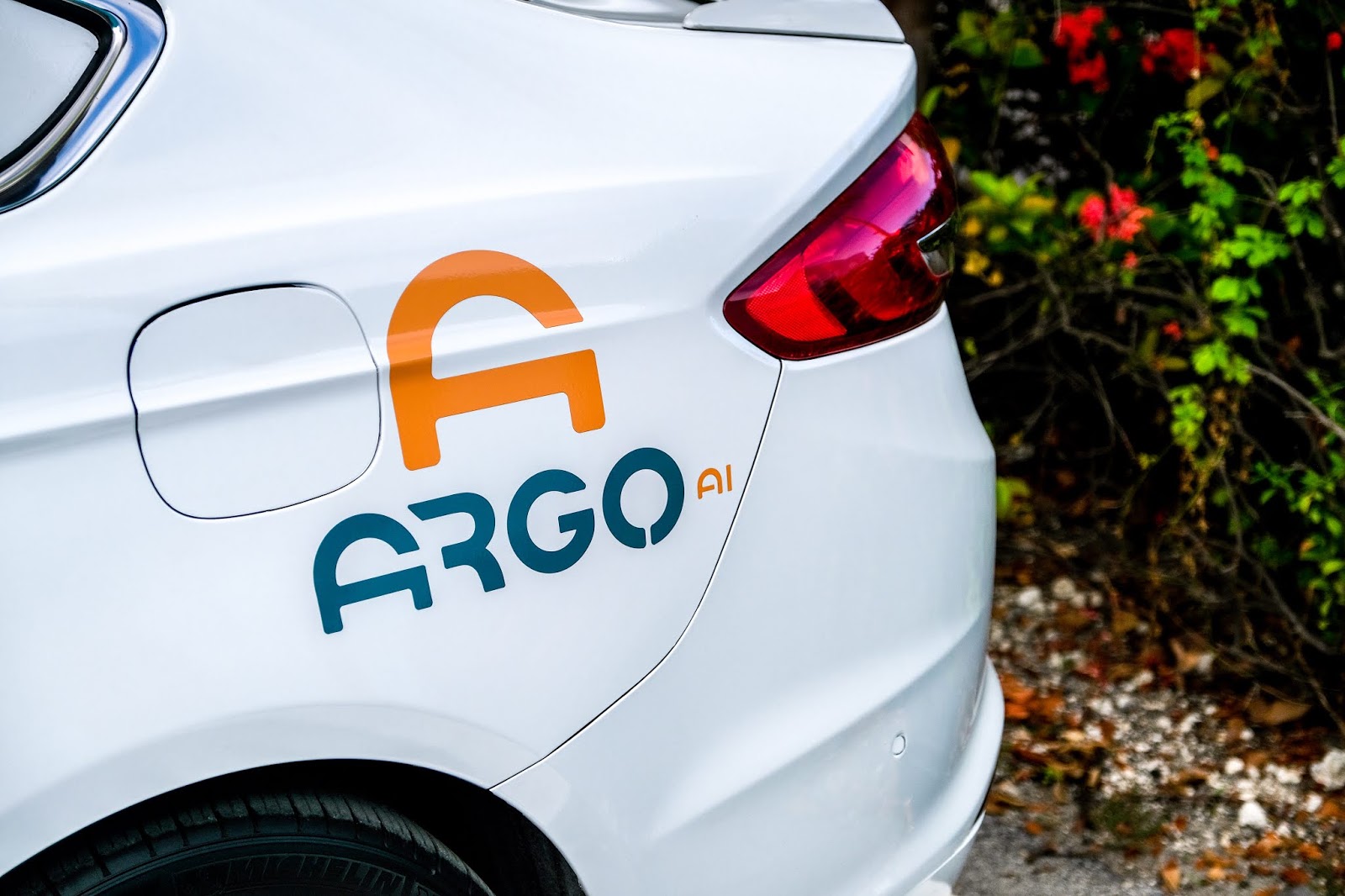 |
| A Ford/Argo AI driverless test vehicle.
image: Ford
|
Rewind a few years back and the self-driving razzmatazz was on full force. “From 2020 you will become a permanent backseat driver”, proclaimed a Guardian article. “10 Million Self-Driving Cars Will Hit The Road By 2020”, proclaimed another from Forbes. The message was clear, if you (an automaker in this case) weren’t investing in this imminent hot-new thing, you were sort of doomed. It was the year 2016 and self-driving startups were emerging here and there. Several launched out of stealth with millions. Likewise, there were big acquisitions. General Motors acquired Cruise, then a 40-person self-driving startup, for a cool $581 million. Uber entered a deal to acquire Otto for $680 million just six months after it emerged from stealth.
Now, fast-forward a few years later, it seems the only fully functional self-driving car we got is this;
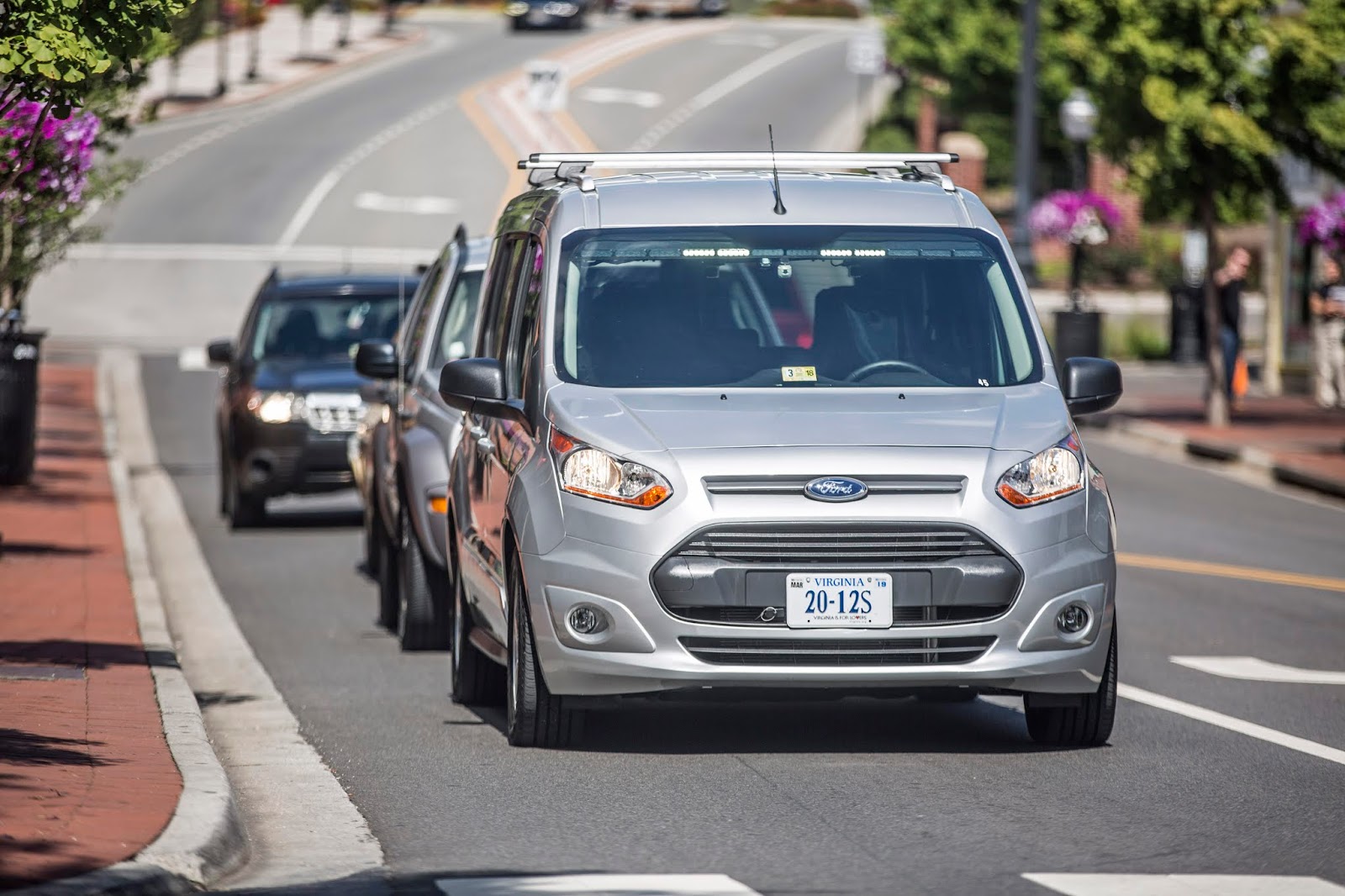 |
| image: Courtesy of Ford |
Wow, have a closer look, no driver!.
Actually, have a closer look;
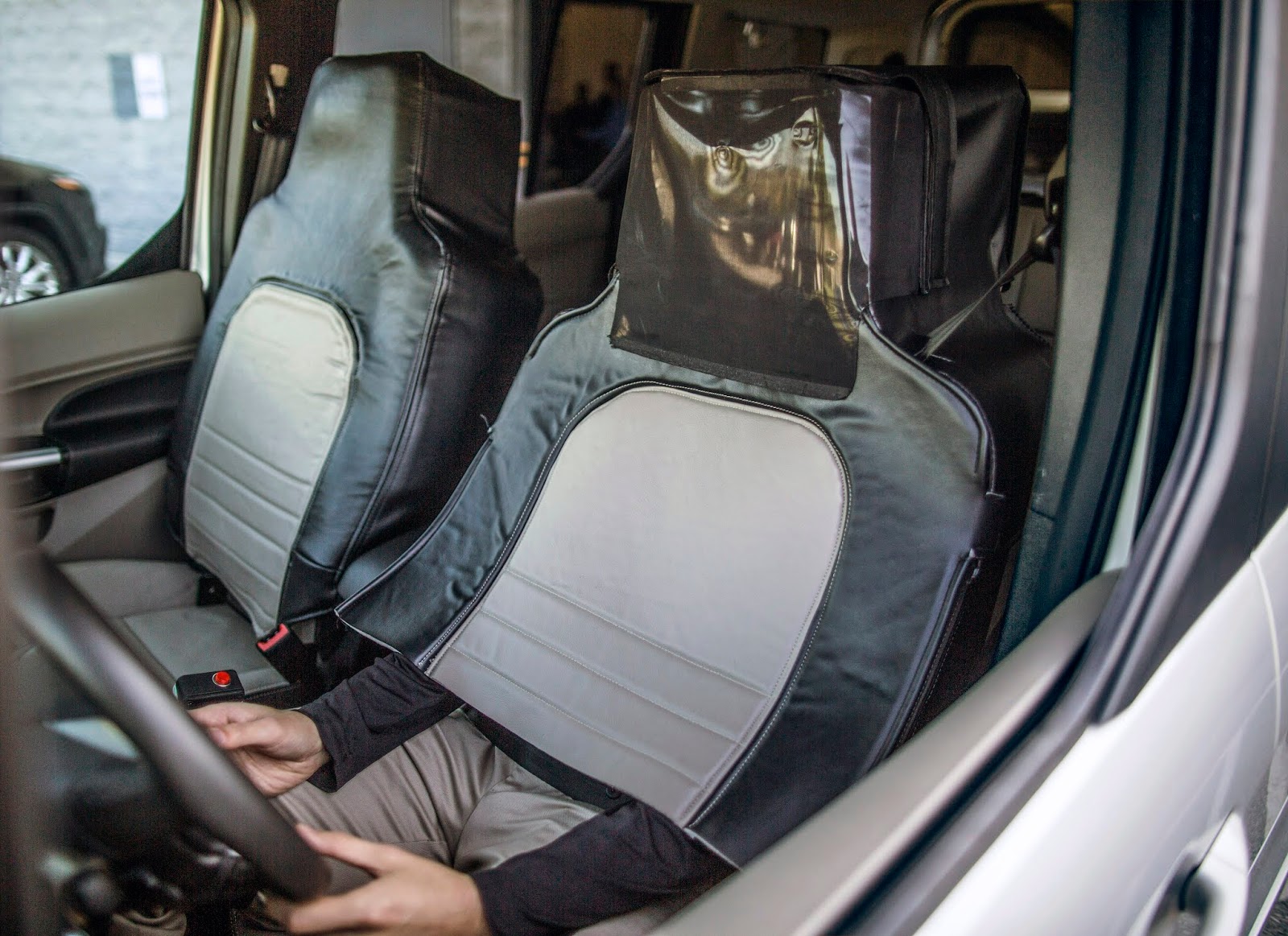 |
| image: Courtesy of Ford |
There’s one.
 |
| image: Courtesy of Ford |
He just dressed up as a car seat.
That was the result of a partnership between automaker Ford and the Virginia Tech Transportation Institute to go “undercover” and test pedestrian reaction to a moving vehicle that seemed to do so without any human driver. It was a nice one indeed.
Now, this isn’t to make jest of the self-driving industry as there exists much evidence of a great deal of progress that has been achieved in the field. However, the question still stands. It’s 2020, where are our self-driving vehicles?. The honest answer? still being worked on.
Now, the automotive field is one that’s really crucial. It powers a huge slice of the global economy. Think of how our lives would get distorted, either for good or the opposite, if a sweeping sudden change took effect in our transportation systems. You might be able to get to work way earlier or way slower than you normally do. Congestion may greatly decrease or on the opposite end greatly rise. The cost of transportation infrastructure may greatly decrease, freeing up budgets for other sectors, or on the opposite end, greatly increase, leading to squeezes from other sectors. The hypotheses are far too many.
Safety is paramount in the automotive world. A car accident can be fatal to both drivers, passengers, and pedestrians, and something no one desires is to experience the distress that usually accompanies a vehicle accident both in regards to a victim or relatives of a victim. It’s then no surprise that safety is a principal requisite to the deployment of driverless vehicles, and likewise a principal hurdle to its deployment.
There are far too many cases, both edge and routine, in a driving environment. Deploying a fully driverless vehicle would require that a computer is familiar with many (in this case millions) of them and is able to compute and effect decisions when it encounters similar but not exactly familiar cases. This is indeed a laborious feat to pull off, and it’s no surprise that we currently don’t have fully driverless cars on our roads even after series of promises backed by billions of dollars in investments and millions of testing miles driven by equipped autonomous vehicles.
Merely two years ago, we encountered what was the first reported fatal crash involving a driverless vehicle when an autonomous vehicle operated by ride-hailing giant Uber hit a pedestrian, Elaine Herzberg, in the state of Arizona. That event stirred backlash for Uber and led to a halt of its self-driving operations in that state. “Uber should be shut down”, friends of the victim proclaimed.
Uber’s self-driving car happened to have recognized the victim 6 seconds before impact while traveling at 43 miles-per-hour (mph), according to an ensuing report from the U.S. National Transportation Safety Board (NTSB). As the vehicle and her path converged, its self-driving software classified her as first an unknown object, as a vehicle, and then as a bicycle (she happened to be pushing one while on foot as at the time of the incident). At 1.3 seconds before impact, the vehicle’s computer vision system determined that an emergency braking maneuver was necessary to mitigate a collision but couldn’t initiate one as emergency braking maneuvers were not enabled by Uber for vehicles under computer control in order to “reduce the potential for erratic vehicle behavior”, the report said.
Also, the present vehicle operator didn’t act on time (a police report said she had been streaming a television show on her phone up until about the time of impact), leading to a fatal situation for Elaine Herzberg, the victim. Uber was later cleared of any criminal liability regarding the incident but did settle with the family of the victim on undisclosed terms.
That incident drew both ire and crucial inquiries regarding cases of accidents by driverless vehicles. Who is to be held responsible? the company? in Uber’s case, it seemed not. In a hypothetical case where a fully driverless vehicle collides with a pedestrian or let’s say, other vehicles on the road, would the company be held responsible as there’s no driver to blame?. If not, what’s then the incentive to not just unleash incompletely vetted vehicles on the road to meet targets (don’t assume this is far-fetched, there have been several cases of negligence and ineptitude by companies even in crucial situations). After all, it’s startup land. Want to launch a checking account without regulatory requisites? check. Scrape billions of photos from all over the web even without due permission to create an identification network? check. Pay off hackers for silence and not inform millions of affected users of a cyber breach? check. Heck, that was even Uber or to be precise, pre-Khosrowshahi’s Uber. Things may have gotten better now.
Now, this isn’t to judge, we’re just stating mere examples of what has been previously witnessed and they sure don’t look good. We can only hope similar cases don’t occur in a field that entails life-or-death for many, or that strict regulatory codes are enacted to ensure we don’t witness such cases.
Safety isn’t the only major hurdle to the deployment of self-driving vehicles. Others such as infrastructure, security (please, my car should in no situation be hacked and tampered with), police and emergency compliance, efficiency (you don’t want your driverless car sometimes shutting down unaware like the machines around us), liability insurance, regulatory difficulties (not just setting laws but knowing the appropriate laws to set), affordability and so on still present tough barriers to be broken before deployment. We could have made an endless list if we wanted.
However, as earlier stated, this is not to disregard the sizeable progress that’s been made in the field of driverless vehicles. It’s just that the present hurdles still present major difficulties that could take lots or whole lots of time to break-through. Who knows? machines may one day be able to think intelligently and be able to make safe decisions in the numerous possible instances that can be encountered during vehicular transportation. May be vehicles will one day be able to communicate seamlessly with each other, giving off simultaneous signals to guide safe driving. In theory, driverless vehicles will drive many benefits if achieved. But the keyword remains “if”, “if”, “if”. If it will, then “when”, if when then “where?”, the US?, other countries? how about developing and underdeveloped nations, will they participate or be left behind in the adoption of a crucial technological development? we really long to see.
But for now, we can deduce that they promised us self-driving vehicles this year, and we got? more promises.
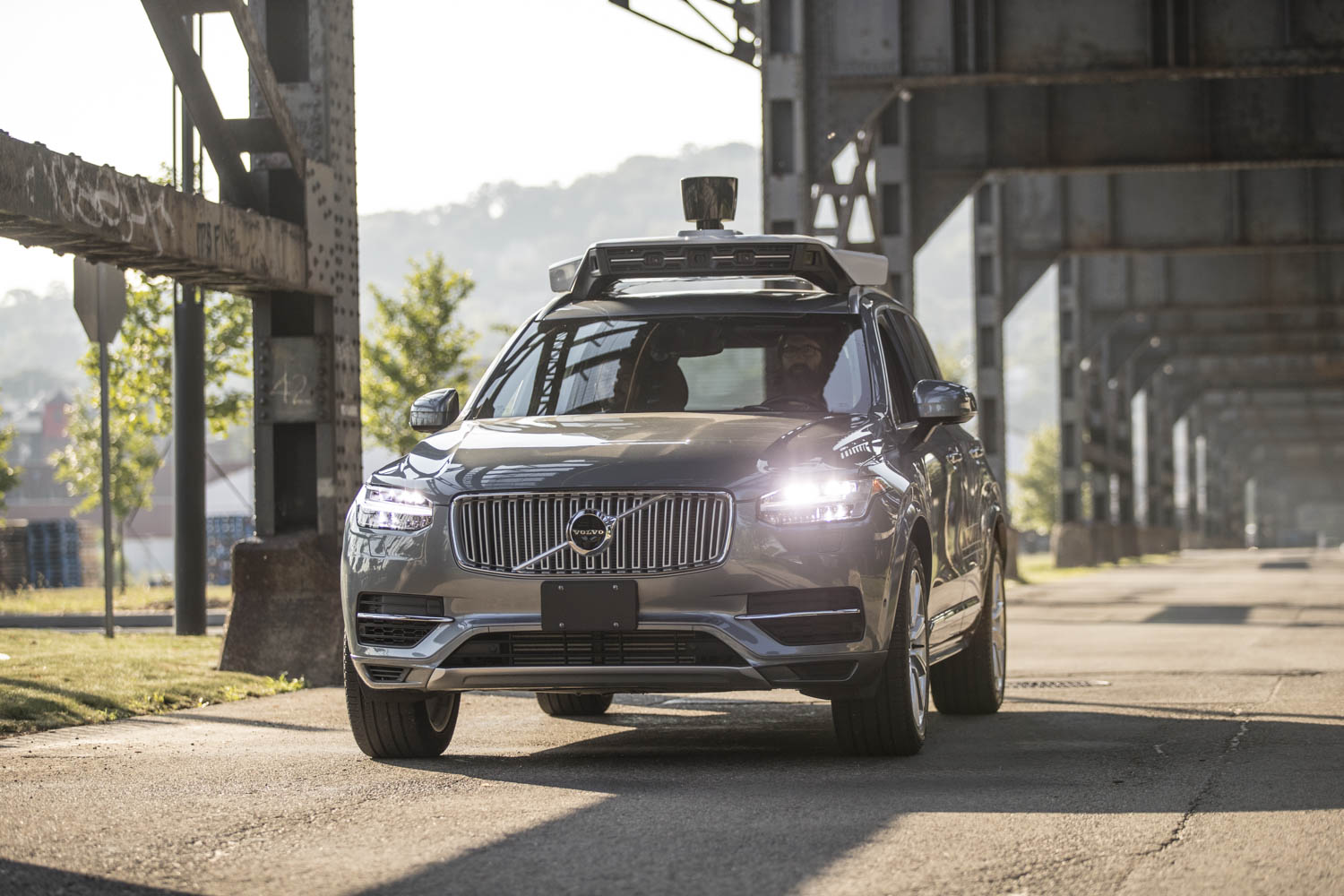
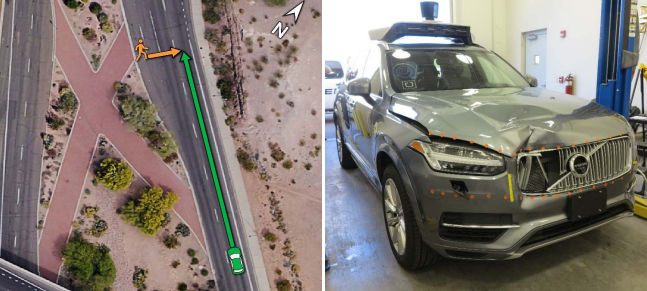







2 Comments
nice information thanks for sharing valuable content with us we also provide great information related to your blog feel free to visit our Sensex.
Unique cash for cars is one of the top companies in Gold Coast who pays top cash for cars up to $9,999 | Address: 135 Bradman St, Acacia Ridge QLD 4110, Australia | Email: info@uniquecashforcars.com | Phone: 0732 196 670 | Cash For Cars Gold Coast | Car Removal Gold Coast